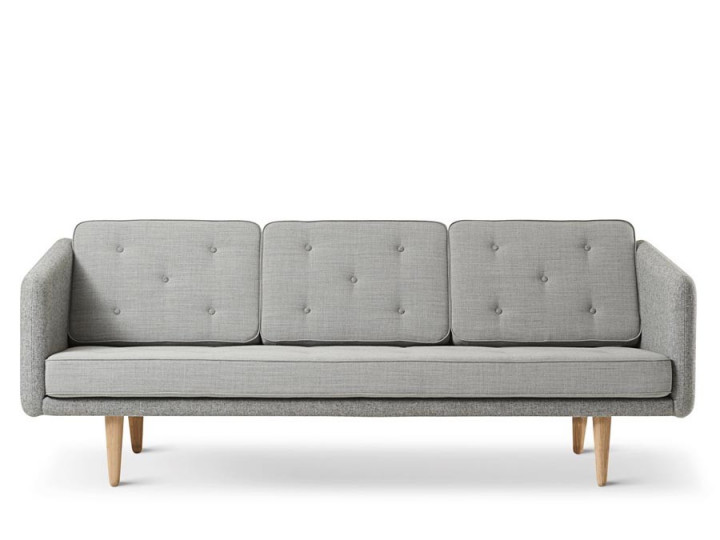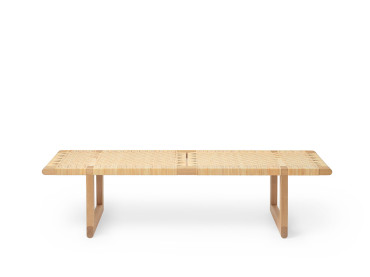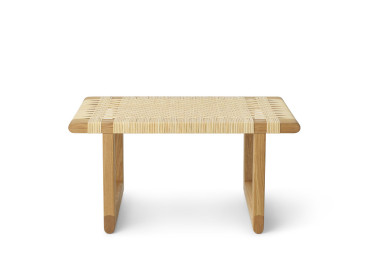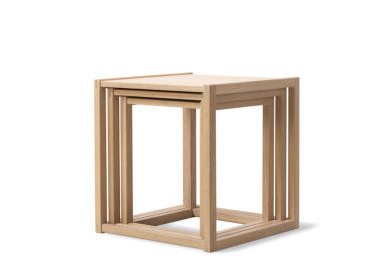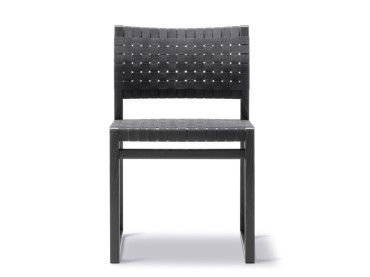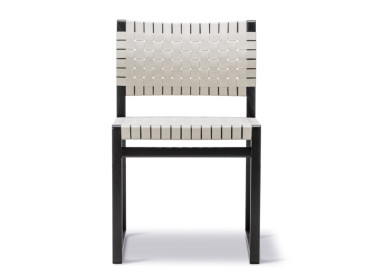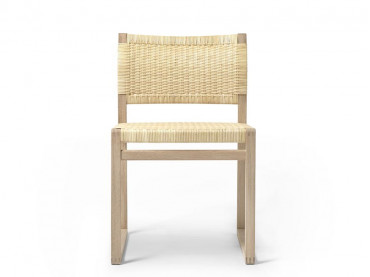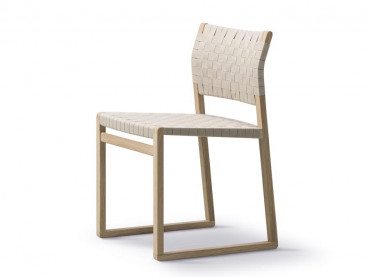N° 1 Sofa, model 2003 by Borge Mogensen, New edition. 3 seats.
-
Børge Mogensen
-
Fredericia
- FRED033 On demand. Delivery time 8-10 weeks
N° 1 Sofa, model 2003 by Borge Mogensen, New edition. 3 seats. *Required step
In order to help you to choose, and to receive samples, do not hesitate to contact us by email: contact@galerie-mobler.com or by phone: 01 43 33 20 12
N° 1 Sofa, model 2003 by Borge Mogensen, New edition. 3 seats. No.1 was the first sofa series Børge Mogensen designed when he became Fredericia’s house designer in 1955. Fused with his signature minimalist aesthetic and elements typical of the 1950s, along with new functional details such as removable and interchangeable cushions. The result is a design that invokes a familiar, yet distinctly personal character that has proven to transcend ever-changing trends.
With No. 1, for the first time Mogensen used the combination of a tightly upholstered frame with loose inner cushions in both the seat and back. This was done in an attempt to create more tangible construction.
The contrast between the rigid frame and soft seat and back cushions adds a new layer of functionality to the design as a whole, as the cushions can easily be removed for cleaning and maintenance.
No. 1 was first presented in 1955 at the Danish International Furniture Fair, which was held annually in our hometown of Fredericia, Denmark. The sofa was Børge Mogensen’s first piece for Fredericia Furniture, and it marked the beginning of his close collaboration with us.
In 1972 Børge Mogensen and Fredericia CEO Andreas Graversen together received the Danish Furniture Prize for their joint contribution to Danish furniture design - beginning with the No.1 sofa.
| Dimensions | H : 83 cm.W : 206 cm. D : 86 cm. Seat height : 42 cm. |
| Material | Oak, fabric |
| Style | Classique Neuf |
| Origin | Denmark |
| Fournisseur | Fredericia |
Børge Mogensen
Denmark (1914-1972)
Mogensen was one of the most important among a generation of furniture designers who made the concept of "Danish design" known throughout the world. Together with colleagues such as Arne Jacobsen and Hans Wegner, Mogensen created international respect for Danish furniture design, and his simple and functional designs have for more than half a century enjoyed worldwide demand.
He trained at the School of Arts and crafts and at the Furniture School of the Royal Danish Academy of Fine Arts (1936-42). Between 1942 and 1950, he was head of FDB´s furniture design studio, but left to found his own design studio in 1950.
During his time with Kaare Klint, Mogensen fostered a deep commitment to producing classical, simple and highly functional furniture. He also became interested in researching contemporary lifestyles, in order to develop domestic objects that are customized for specific uses. Continuing Klint's innovative studies in how the size and proportion of objects should influence their design, Mogensen, collaborating with Grethe Meyer, produced a project in 1954 called the Boligens Byggeskabe (Construction Cupboards of the House), which introduced the idea of building shelving and storage units as part of a room, rather than purchasing and placing them in the space. Mogensen did studies to determine the standard measures for common objects, such as cutlery and shirts, and how many of each item the average person owned. With this information he developed a set of figures for the base width and depth of drawers and shelves, and his information tables were published as a manual on building storage systems.
Between 1955 and 1967 he worked on the related "Øresund" shelving series that took on the mammoth task of solving every storage need that could arise in the modern home. By the end of the decade Mogensen had re-embraced a more straightforward functionalism, a redesigned "Spanish" chair in 1959 was praised for its elegance and materials. Mogensen also collaborated extensively with weaver Lis Ahlmann on textile designs, and after Klint's death in 1954, succeeded him as designer to the Danish Museum of Decorative Art.

